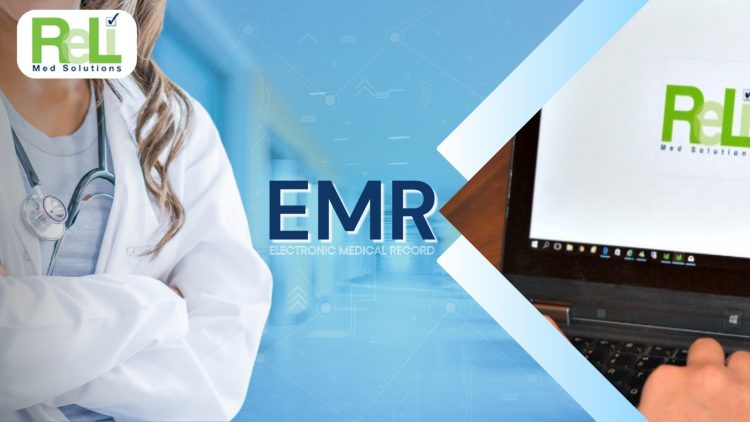EMR Software Implementation: Steps to Make Revenue Cycle Management Efficient
Today, the health care industry moves very quickly, and being efficient is very important. EMR software helps health care workers do their jobs better, mainly in managing money in health care, known as RCM. When teams set up EMR software properly, they can speed up methods and make them more correct. However, improper setup can cause mistakes and delays. Therefore, a step by step approach is necessary to get the most benefits from the software. Here we will explore what EMR Software Implementation means, the main steps for a smooth setup, and how ReLi Med Solutions can help health care workers to make this change easier.
What is EMR Software Implementation?
EMR Software Implementation means creating a digital system that replaces paper records in health care. This system keeps medical records safe in digital files, making it easier for health care workers to access and manage patient info. Switching to EMR software involves more than just changing systems. It requires careful planning because it affects daily tasks, staff training, and how staff interact with patients. When health care teams understand these changes, they can prepare better for a smooth transition.
Steps for Easy EMR Implementation in RCM
1. Identify Needs and Set Goals
Before starting the execution, health care teams must identify their needs and set clear goals. They should ask themselves what they want to achieve. Goals could include faster billing, fewer mistakes, or better patient care. Clear goals can help the EMR system to work better for the team. If they skip this step, they might end up with a system that does not meet their needs.
2. Train the Staff
Staff must receive proper training to use the EHR systems. Without training, they might make mistakes or overlook important features. Good training helps everyone understand how to use these systems correctly. It also builds confidence among the staff. Ongoing support is crucial to answer any questions that arise during the learning process. Health care teams should provide easy access to resources and assistance so staff feel comfortable using the system.
3. Move Data and Test the System
A big part of setting up EMR software involves moving old medical records to the new system and testing it. Health care teams must ensure that they transfer data correctly; if they do not, they may lose important info. Testing helps them find any problems early on. This ensures that everything works smoothly when the system goes live, making it easier for both staff and patients to use.
4. Provide Ongoing Support and Gather Feedback
After the team sets up the system, they should offer ongoing support and regularly gather feedback from staff. Even if everything seems fine at first, new issues can still arise. Having a support team ready to fix problems quickly is essential. Listening to staff feedback can help improve the system, making sure it meets the organization’s needs and enhances RCM efficiency. Regular check ins can encourage staff to share their thoughts and experiences with the new system.
Ensure Data Integrity During Migration
Maintaining data integrity is vital for a successful EHR implementation. During data migration, health care teams must handle info carefully to avoid losing or mixing it up. They should use strict data handling and backup methods to protect patient info. If any mistakes happen during migration, having a backup allows the team to restore lost data. Keeping data safe and organized during migration supports smooth RCM and ensures that patient medical records remain right.
Why Choose ReLi Med Solutions for Your EMR Implementation Needs?
ReLi Med Solutions understands the challenges of setting up EMR software implementation and offers expert help to make it simple. Their team safely transfers data, trains staff well and provides ongoing support. This helps health care teams switch systems smoothly without interrupting daily tasks. Also, ReLi Med Solutions uses a clear, step by step plan to keep data safe, build staff confidence, and improve billing processes. With their support, health care workers get a reliable and efficient EMR system, making it easier to deliver quality care and handle billing correctly.

